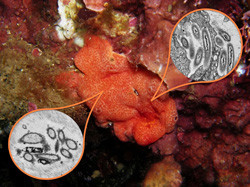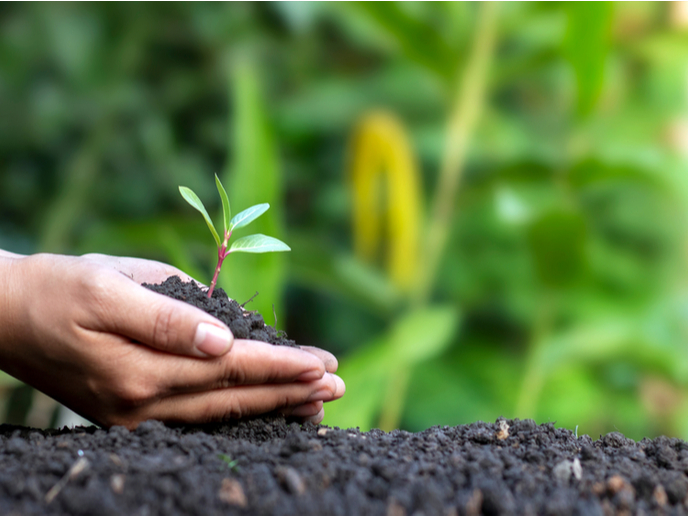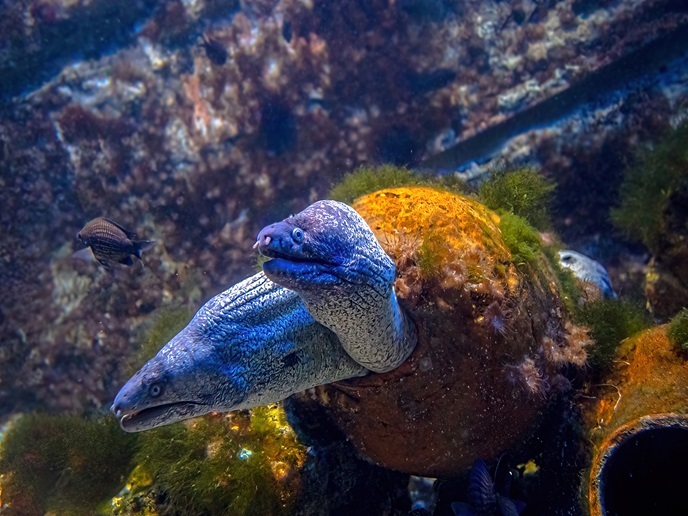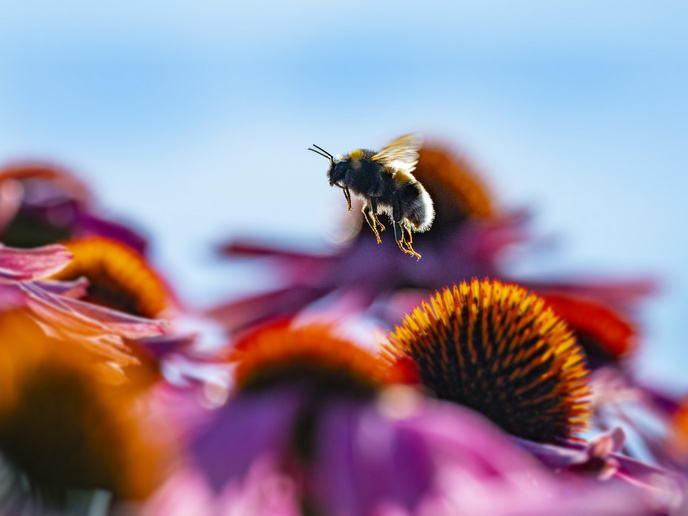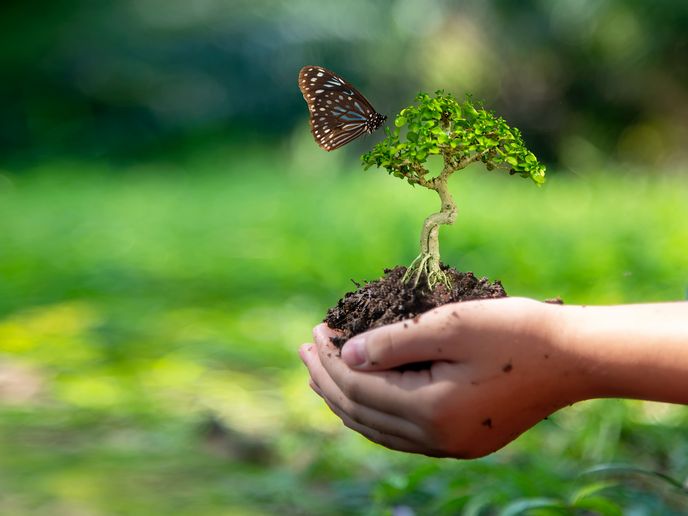The secret life partners of sea squirts
Although the rewards for revealing the complex interactions between host invertebrates and symbiotic microbes are significant, many questions remain. Their answers may be found, however, through the efforts of the EU-funded project 'Bacterial symbiosis in ascidians' (SYMASC). The initiative investigated the genetic diversity, spatio-temporal variability and functional significance of symbiotic microorganisms living in ascidians (commonly known as sea squirts). The microbiota living in ascidians were found to be clearly different from free-living seawater microbial communities. It was also revealed that some of the microorganisms associated with sea squirts were shared with other invertebrate hosts, while others were unique to ascidians. Ascidian-microbial associations appear to be stable over time, with bacteria generally present in both larvae and adults, suggesting that at least some bacterial symbionts may be indispensable for the establishment and long-term survival of ascidians. In addition, the symbiotic relationship between sea squirts and microorgansims exists independently of factors like the host's life cycle, stress levels and the temperature of the surrounding seawater. Studies of ascidian microbiota also showed that these associations are maintained by the microenvironment within the host organism, providing optimal conditions for different metabolic pathways. These conditions include ample chemical substrate in the form of ammonia-rich waste from the host suitable for microbial nitrification, and sufficient exposure to light so cyanobacterial symbionts can perform photosynthesis. In this way, sea squirts provide unique and fertile conditions for a diverse group of microorganisms. The invasive ascidian Styela plicata was further studied as a model species. It was discovered that the bacterial communities it hosts might help it survive and acclimatise to new habitats by establishing relationships with beneficial local bacteria. SYMASC represented an interdisciplinary study of host-symbiont interactions between ascidians and microbes, resulting in significant advances in the study of invertebrate-microbial symbioses and a greater understanding of how symbiotic microorganisms respond to changing environmental conditions and interact with their hosts. New insights into the short-term vulnerability and long-term resilience of these important seabed-dwelling organisms were also obtained. Results from SYMASC will help set a baseline for future studies and the design of management plans that will ensure the long-term preservation of marine biodiversity.



